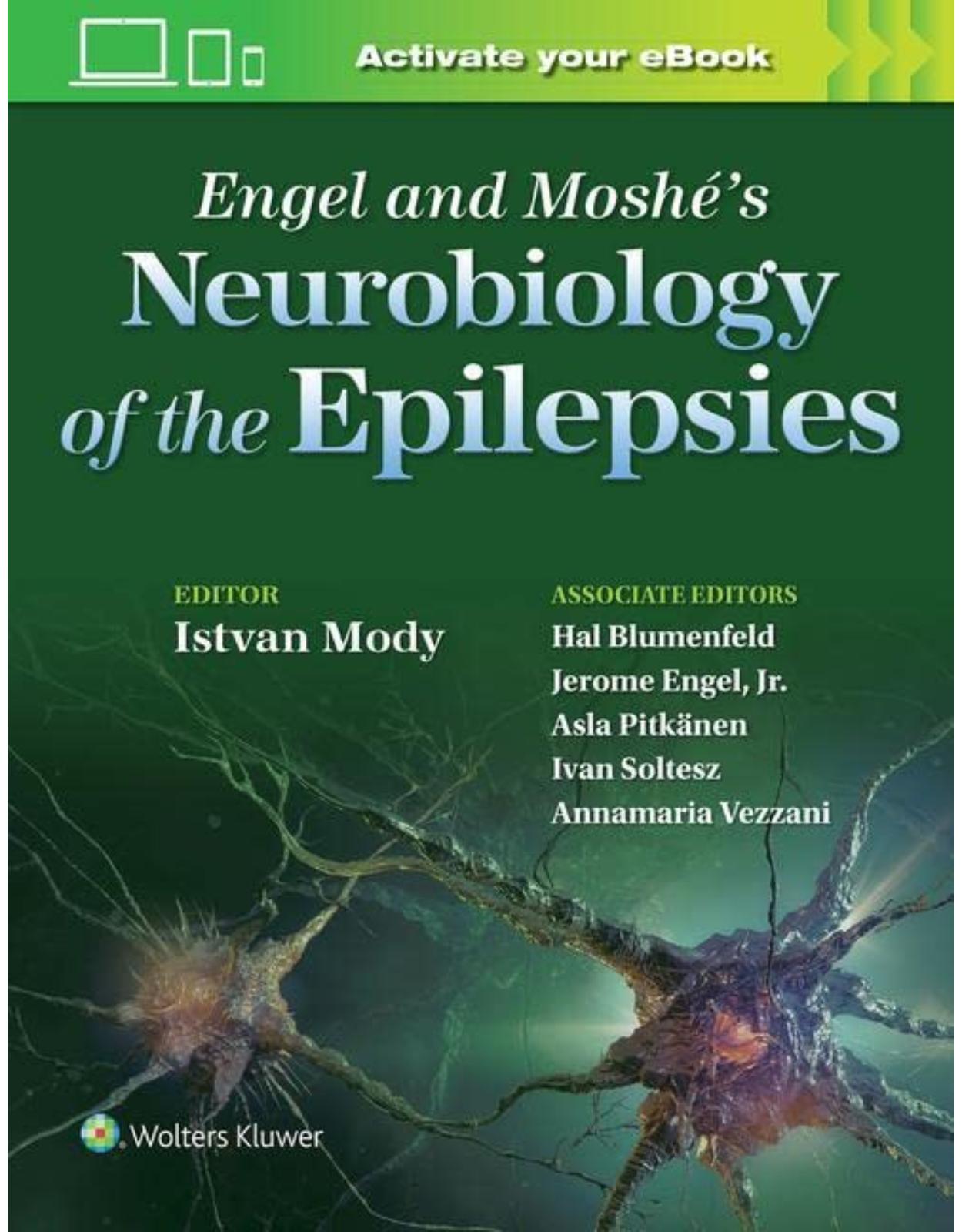
Engel’s Neurobiology of the Epilepsies
Livrare gratis la comenzi peste 500 RON. Pentru celelalte comenzi livrarea este 20 RON.
Disponibilitate: La comanda in aproximativ 4 saptamani
Editura: LWW
Limba: Engleza
Nr. pagini: 384
Coperta: Paperback
Dimensiuni: 213 x 276 mm
An aparitie: 25 Oct. 2022
Description:
Neurobiology of the Epilepsies – From Epilepsy: A Comprehensive Textbook, 3rd Edition, provides a concise, up-to-date review of basic sciences and the latest research advances in epilepsy. Ideal for general neurologists and neurosurgeons, epilepsy/clinical neurophysiology specialists, basic scientists, clinical researchers, and other health care providers with an interest in epilepsy, this new volume by Drs. Istvan Mody, Hal Blumenfeld, Jerome Engel, Jr., Asla Ptkänen, Ivan Soltesz, and Annamaria Vezzani offers comprehensive, authoritative coverage of this critical and complex area of the field.
Table of Contents:
Section 1 • Neurons and Their Circuits Relevant to Epilepsies
1 Transcriptional Channelopathies in Genetic and Acquired Epilepsies
TRANSCRIPTIONAL CHANNELOPATHIES
TRANSCRIPTIONAL REGULATION OF VOLTAGE-GATED ION CHANNELS LEADING TO GENETIC EPILEPSIES
Voltage-Gated K+ Channelopathies
Voltage-Gated Na+ Channelopathies
Voltage-Gated Ca2+ Channelopathies
HCN Ion Channelopathies
TRANSCRIPTIONAL REGULATION OF LIGAND-GATED ION CHANNELS LEADING TO GENETIC EPILEPSIES
NMDA Receptor Channelopathies
GABA Receptor Channelopathies
Nicotinic Acetylcholine Receptor Channelopathies
TRANSCRIPTIONAL CHANNELOPATHIES IN ACQUIRED EPILEPSIES
GABAA Receptor Alterations in Hippocampal Dentate Granule Cells in Multiple Experimental TLE Models
HCN Channel Alterations in Hippocampal CA1 Pyramidal Neurons in Multiple Experimental TLE Models
Cav3.2 Channel Upregulation in Hippocampal CA1 Pyramidal Neurons in an Experimental TLE Model
Potential for Therapy in Acquired Transcriptional Channelopathies
SUMMARY
REFERENCES
2 Principal Cell Heterogeneity in Malformations of Cortical Development and Acquired Epilepsy
INTRODUCTION
CORTICAL DEVELOPMENT AND MALFORMATIONS
Mispositioning of Neurons
Abnormal Cellular Development
NONUNIFORM COMPUTATIONAL MODULES FOR PARALLEL PROCESSING AND PRINCIPAL CELL HETEROGENEITY: INSIGHTS FROM THE HIPPOCAMPUS
PYRAMIDAL CELL HETEROGENEITY AND LOCAL MICROCIRCUITS IN THE HIPPOCAMPUS
PRINCIPAL CELL HETEROGENEITY IN THE DG IN CHRONIC TEMPORAL LOBE EPILEPSY
CONCLUSIONS AND OUTLOOK
ACKNOWLEDGMENTS
REFERENCES
3 Mechanisms of Neuronal Excitation Leading to Synchrony
INTRODUCTION
MEASURING NEURAL SYNCHRONY: THE IMPORTANCE OF TECHNICAL LIMITATION AND PERSPECTIVE
SYNAPTIC MECHANISMS FOR SYNCHRONIZATION: RECURRENCE
SYNAPTIC MECHANISMS FOR SYNCHRONIZATION: DISINHIBITION
NONSYNAPTIC MECHANISMS FOR SYNCHRONIZATION: INTRINSIC PROPERTIES
NONSYNAPTIC MECHANISMS FOR SYNCHRONIZATION: EXTRACELLULAR COMPARTMENT
NONSYNAPTIC MECHANISMS FOR SYNCHRONIZATION: EPHAPTIC COUPLING
NONSYNAPTIC MECHANISMS FOR SYNCHRONIZATION: GAP JUNCTION COUPLING
FUTURE OUTLOOK
REFERENCES
4 Interneuron Diversity in Epilepsy: Challenges and Promise
INTRODUCTION
OVERVIEW OF THE NORMAL DIVERSITY OF INTERNEURONS
Interneurons Innervating Principal Cell Soma or Axon Initial Segments
Interneurons Innervating Principal Cell Dendrites
Interneurons Innervating Other Interneurons
WHAT INTERNEURONS DEGENERATE IN ACQUIRED EPILEPSY?
WHAT ARE THE FUNCTIONAL CONSEQUENCES OF INTERNEURON LOSS?
HOW DO SURVIVING INTERNEURONS ADAPT IN THEIR STRUCTURE AND FUNCTION?
Functional Impairment of Surviving Interneurons
Overexpression of Neuropeptides and Glutamate Decarboxylases in Surviving Interneurons
Sprouting and Reorganization of Surviving Interneurons
WHAT ARE THE ROLES OF SURVIVING INTERNEURONS IN EPILEPSY?
Effects of Selectively Modulating Interneuron Activity
Monitoring Interneuron Activity Prior to and During Seizure Activity
WHAT IS THE POTENTIAL FOR INTERNEURON-BASED TREATMENT OF EPILEPSY?
Transplantation of Interneurons for the Treatment of Epilepsy
SUMMARY AND CONCLUSIONS
ACKNOWLEDGMENTS
REFERENCES
5 Mechanisms of Neuronal Inhibition Leading to Synchrony
INTRODUCTION
AN OVERVIEW OF INTERNEURONAL CLASSES AND CONNECTIVITY IN CORTICAL NETWORKS
PHYSIOLOGIC SYNCHRONIZATION
DETERMINANTS OF GABA CURRENT: INTRA- AND EXTRACELLULAR CHLORIDE
DYNAMIC CHANGES IN GABAERGIC FUNCTION
GABAERGIC INFLUENCES IN EPILEPTIC DISCHARGES
CHARACTERISTICS OF CELLULAR RECRUITMENT TO SEIZURES
REFERENCES
6 Neurons and Circuits During Brain Development
INTRODUCTION
DEVELOPMENTAL CHANGES IN NEURONAL PROPERTIES
GAP-JUNCTION CONNECTIONS
EXCITATORY SYNAPTIC CONNECTIONS
Local and Long-Range Connections
Functional Properties of Developing Excitatory Synapses
INHIBITORY CIRCUITS
Delayed Recruitment of Perisomatic Inhibition
Depolarizing Actions of GABA
Actions of GABA in Vivo
EARLY NETWORK ACTIVITY PATTERNS
Correlated Activity Mediated by Gap Junctions
Delta Waves
Early Gamma and Spindle-Burst Oscillations
CONCLUDING REMARKS
ACKNOWLEDGMENTS
REFERENCES
7 Metabolism, Reactive Oxygen Species, and Epilepsy
INTRODUCTION
Neuronal–Glial Metabolism
REACTIVE OXYGEN SPECIES IN EPILEPSY
MITOCHONDRIA AS A SOURCE AND TARGET OF ROS IN EPILEPSY
NOX ENZYMES AS SOURCES OF ROS IN EPILEPSY
PHARMACOLOGIC REDOX-BASED APPROACHES FOR EPILEPSY AND FUTURE DIRECTIONS
ACKNOWLEDGMENTS
REFERENCES
8 Dendritic Mechanisms of Excitability
INTRODUCTION
Basic Mechanisms of Dendritic Integration
ALTERED DENDRITIC MORPHOLOGY AND PASSIVE MEMBRANE PROPERTIES IN EPILEPSY
ACTIVE MECHANISMS IN DENDRITES AFFECTING PROPAGATION OF VOLTAGE SIGNALS
Voltage- and Ca2+-Gated K+ Channels
Dendritic h-currents
Voltage-Gated Na+ Channels
ACTIVE MECHANISMS IN DENDRITES: DENDRITIC SPIKES
ALTERED DENDRITIC ELECTROPHYSIOLOGY IN EPILEPSY
Epilepsy-Related Changes in Dendritic Kv4.2 Channels
Epilepsy-Related Changes in Dendritic HCN Channels
Changes in Dendritic T-Type Currents Mediated by CaV3.2 Channels
Epilepsy-Related Changes in KCa3.1 Channels
Mechanisms of Dendritic Integration Across Species—Mouse to Human
ROLE OF ACTIVE DENDRITIC INTEGRATION IN VIVO
Outlook
REFERENCES
9 Thalamocortical Organization and Function: New Insights and Implications for Epilepsy
INTRODUCTION
ANATOMICAL AND FUNCTIONAL OVERVIEW OF THE THALAMUS
SINGLE-CELL ANALYSES ESTABLISH A HIGH-RESOLUTION FRAMEWORK OF THE THALAMUS
Classification of TC Relay Nuclei
In Search of Molecular Markers for the nRT
MAPPING MOLECULAR PROPERTIES WITH CIRCUIT PROPERTIES REVEALS NEW PATHWAYS
Intra-nRT Connectivity
Insights from Dissecting the Role of nRT in Spindle Oscillations: Can nRT Spindles Elucidate Seizures?
NEW INSIGHTS ON THE ROLE OF nRT IN TC SEIZURE DYNAMICS
CONCLUDING REMARKS
Molecular Insights
Electrophysiologic Insights
Circuit Insights
REFERENCES
10 Mechanisms of Focal Seizure Initiation and Propagation
INTRODUCTION
ELECTROPHYSIOLOGIC SIGNATURES OF FOCAL SEIZURES
Clinical EEG Assessment
Electrographic Seizure-Onset Patterns
High-Frequency Activity as a Biomarker of Seizure-Generating Sites
Infra-Slow Activity at Seizure Onset
NEURONAL ACTIVITY IN SEIZURE INITIATION AND MAINTENANCE
Ictal Neuronal Firing Patterns
Neuronal Cell-Type–Specific Activity
Mechanisms Underlying the Seizure Transition
Dysregulated Chloride Homeostasis
Interneuron Depolarization Block
Astrocyte-Mediated Excitation
Spatial Structure of Human Seizures
The Dual-Territory Hypothesis: Ictal Core and Penumbra
Cross-Scale Seizure Effects
Epileptic Networks
CONCLUDING REMARKS
REFERENCES
11 Seizures and Networks in the Human Focal Epilepsies: Beyond the Animal Models
INTRODUCTION
FOCAL SEIZURE–ONSET PATTERNS
LESION-SPECIFIC ICTAL PATTERNS
REGION-SPECIFIC ICTAL PATTERNS
THE EPILEPTOGENIC NETWORKS
CONCLUSIONS
REFERENCES
12 Temporal Coordination: A Key to Understand Cognitive and Behavioral Deficits in Epilepsy
INTRODUCTION: LOSING THE BEAT
COGNITIVE AND BEHAVIORAL IMPAIRMENTS IN EPILEPSY
GENERAL CONTRIBUTORS OF COGNITIVE COMORBIDITIES
PHYSIOPATHOLOGIC FEATURES OF EPILEPSIES
The Case of TLE
The Case of Epilepsies of Genetic Origin
Network Mechanisms Underlying Cognitive Impairment in Epilepsy
Alterations of Neuronal Network Dynamics and Computation
Impact on High-Level Cognitive Representations
RHYTHMOPATHIES AND EPILEPSY
θ Oscillations and Epilepsy
γ Oscillations and Epilepsy
High-Frequency Oscillations in Epilepsy
From Interneuropathies to Rhythmopathies
CONCLUSIONS
REFERENCES
13 Epilepsy and Consciousness
INTRODUCTION
THE DIMENSIONS OF CONSCIOUSNESS IN SEIZURES
ESTIMATION OF CONSCIOUSNESS DURING SEIZURES
IMPAIRED CONSCIOUSNESS IN GENERALIZED SEIZURES
Absence Seizures
IMPAIRED CONSCIOUSNESS IN FOCAL SEIZURES
Extratemporal Lobe Seizures
Mechanisms
Insights from Animal Models
THERAPEUTIC APPROACHES
SUMMARY AND CONCLUSIONS
ACKNOWLEDGMENTS
REFERENCES
Section 2 • Technical and Conceptual Advances for Epilepsy Research
14 Activating and Recording Neuronal Ensembles
INTRODUCTION
ACTIVATING NEURONAL ENSEMBLES
Electrical Stimulation
Optogenetic Stimulation
Chemogenetic Activation
RECORDING NEURONAL ENSEMBLES
Wireless Telemetry
Imaging Techniques
CONSIDERATIONS AND PERSPECTIVES
REFERENCES
15 Optical Recording of Neuronal Excitability and Synchrony with Genetically Encoded Calcium and Voltage Indicators
INTRODUCTION
ADVANCES IN FLUORESCENCE MICROSCOPY
Miniaturized Epifluorescence Microscopy
Genetically Encoded Probes for Recording Neuronal Excitability
Calcium Indicators
Voltage Sensors
METHOD OF DELIVERY
Viruses
Transgenic Animals
Electroporation
RECORDING NEURAL EXCITABILITY AND SYNCHRONY WITH GENETICALLY ENCODED FLUORESCENT INDICATORS IN THE CONTEXT OF EPILEPSIES
ACKNOWLEDGMENTS
REFERENCES
16 Fast Rhythms in Epilepsies
INTRODUCTION
DEFINITION/DESCRIPTION OF FAST RHYTHMS
FAST RHYTHMS IN THE NORMAL BRAIN
FAST RHYTHMS IN THE EPILEPTIC BRAIN
Pathologic Gamma Activity
Cellular and Network Mechanisms of Epileptic Ripples
Cellular and Network Mechanisms of Epileptic Fast Ripples
Mechanisms of Very-High HFOs
Regional Properties of Pathologic HFOs
SIGNIFICANCE OF FAST RHYTHMS
HFOs in Epileptogenesis
HFOs as a Marker of Seizure Susceptibility
FUTURE DIRECTIONS
REFERENCES
17 Miniaturized Microscopy as a Tool to Track Neuronal Population Dynamics in Epilepsy Models
INTRODUCTION
Brief History of Imaging IN BEHAVING ANIMALS
MINIATURE MICROSCOPY
CURRENT TOOLS AND FEATURES
Electrowetting Lenses
Dual-Channel Microscopes
Optogenetics
Wide-Field Imaging
Neurovascular Coupling
Volumetric Imaging
Wireless and Wire-Free
Electrophysiology
Simultaneous Behavior Tracking/Readout
DATA ANALYSIS
FUTURE INNOVATION OF MINIATURE MICROSCOPY
Wireless Power Delivery and Data Transmission
Close-Loop Experiments
Fast Imaging of Voltage Sensors
Lensless Imaging
STUDYING EPILEPSY WITH MINISCOPES
SUMMARY
REFERENCES
18 Seizure Control Through Closed-Loop Systems
INTRODUCTION
CLOSED-LOOP INTERVENTIONS: AN OVERVIEW
Example Potential Signals for Seizure Detection
Closed-Loop Interventions Are Not Limited to Electrical Stimulation Approaches
Closed-Loop Approaches Are Not Limited to On-Demand Interventions
ADVANTAGES OF CLOSED-LOOP SYSTEMS
CURRENT CLOSED-LOOP INTERVENTIONS IN EPILEPSY
Responsive Neurostimulation System
On-Demand Stimulation of the Vagus Nerve
Biofeedback
CLOSED-LOOP INTERVENTIONS IN EPILEPSY: ANIMAL STUDIES PROVIDE INSIGHT AND INFORM POTENTIAL FUTURE APPROACHES
Closed-Loop Approaches in Absence Epilepsy Models
Closed-Loop Approaches in Temporal Lobe Epilepsy Models
Closed-Loop Gene Therapy via eGluCl
FUTURE DIRECTIONS
CONCLUSIONS
REFERENCES
19 Biomarkers
INTRODUCTION
SUSCEPTIBILITY/RISK BIOMARKERS
Genetic Risk Biomarkers
Blood/CSF Risk Biomarkers
Neurophysiology Risk Biomarkers
Neuroimaging Risk Biomarkers
DIAGNOSTIC BIOMARKERS
Diagnostic Genetic Biomarkers
Diagnostic Blood/CSF Biomarkers
Diagnostic Neurophysiologic Biomarkers
Diagnostic Imaging Biomarkers
PROGNOSTIC BIOMARKERS
Prognostic Genetic Biomarkers
Prognostic Blood/CSF Biomarkers
Prognostic Neurophysiologic Biomarkers
Prognostic Imaging Biomarkers
MONITORING AND PREDICTIVE BIOMARKERS/SURROGATE ENDPOINTS
Predictive Genetic Biomarker
Predictive Blood/CSF Biomarkers
Predictive Neurophysiology Markers
Predictive Imaging Biomarkers
CONCLUSIONS
REFERENCES
20 Comorbidities as Prognostic Factors for Epileptogenesis
INTRODUCTION
BEHAVIORAL AND COGNITIVE METHODS USED TO ASSESS COMORBIDITIES IN ANIMAL MODELS OF ACQUIRED EPILEPSY
Comorbidities in Animal Models of Acquired Epilepsy
COMORBIDITIES AND SEIZURE THRESHOLD AS PROGNOSTIC FACTORS FOR EPILEPTOGENESIS
CONCLUSIONS
ACKNOWLEDGMENTS
REFERENCES
21 Use of Human Pluripotent Stem Cells in Epilepsy Research
INTRODUCTION
IPSC Methods Relevant to Epilepsy Studies
INVESTIGATION OF EPILEPSY PHENOTYPES IN 2D CULTURES
Brain Organoids for Epilepsy Research
Exploring SUDEP Mechanisms with iPSCs
CHALLENGES AND FUTURE DIRECTIONS
CONCLUSIONS
REFERENCES
Section 3 • Other Contributors to Excessive Synchrony and Seizures
22 Novel Roles of Myelination in Neural Circuit Plasticity and Implications for Epilepsy
INTRODUCTION
ROLES OF MYELIN IN THE CENTRAL NERVOUS SYSTEM
Role of Myelination in Regulating Timing of Neuronal Signals
DEVELOPMENTAL MYELINATION AND THE LIFE CYCLE OF THE OLIGODENDROCYTE
Oligodendrocyte Precursor Cells
Premyelinating Oligodendrocytes
Myelin Wrapping and Compaction
Neuronal Activity in the Regulation of Myelination
How Does Neuronal Activity Influence Myelination?
MOLECULAR MECHANISMS OF NEURONAL ACTIVITY-DEPENDENT MYELINATION
Neuronal Signals and Activity-Dependent Myelination
Translating Neuronal Signals Into OL Responses: Intracellular Calcium
Calcium-Regulation of OL Cell Biology: Mechanistic Insight Into Activity-Dependent Myelination
INTERNEURON MYELINATION
OPEN QUESTIONS
Structure and Function of Neuron-OPC Synapses
Molecular Mechanisms Regulating Activity-Dependent Myelination
Functional Relevance of Activity-Dependent Myelination in Regulating Neural Circuit Function and Behavior
Function of PV Myelin
Role of Myelin and Myelin Pathology to Epilepsy
CONCLUDING REMARKS
ACKNOWLEDGMENTS
REFERENCES
23 Role of Dysfunctional Astrocytes in Epileptogenesis
INTRODUCTION
BASIC PHYSIOLOGY OF “NORMAL” ASTROCYTES
Membrane Physiology
Astrocyte Metabolism and Synaptic Activity
ASTROCYTE DYSFUNCTIONS CONTRIBUTE TO INITIATION AND PROGRESSION OF EPILEPSY
Reactive Astrocytes May Generate Seizure Activity
Altered K+ Channels and Water Channels in Epilepsy
Loss of Astroglial Gap-Junction Coupling as a Key Mechanism in Initiation and Progression of TLE
Altered Glutamate Homeostasis in Epilepsy
Astrocyte Ca2+ Signaling in Epilepsy
CONCLUSIONS AND PERSPECTIVES
ACKNOWLEDGMENTS
REFERENCES
24 Neurovascular Inflammation in Epilepsy
INTRODUCTION
EVIDENCE FOR PERSISTENT NEUROINFLAMMATION AND ITS DEFECTIVE RESOLUTION IN EPILEPSY
NEUROINFLAMMATORY SIGNALS IMPLICATED IN EXPERIMENTAL EPILEPSY
The IL-1β System
The Prostanoid Cascade: The Focus on MAGL and COX-2
Specialized Proresolving Molecules
MECHANISMS OF HYPEREXCITABILITY
CEREBROVASCULAR PERMEABILITY AND PERIVASCULAR INFLAMMATION DURING SEIZURES
PERIPHERAL INFLAMMATION AND EPILEPSY: HUMAN AND EXPERIMENTAL EVIDENCE
DOES PRE-EXISTING INFLAMMATION ENABLE SEIZURES?
CONCLUSIONS ON THERAPEUTIC PERSPECTIVES
ACKNOWLEDGMENTS
REFERENCES
25 The Blood–Brain Barrier and Epilepsies
INTRODUCTION
BBB DYSFUNCTION FOLLOWING BRAIN INSULTS
BBB DYSFUNCTION AND EPILEPSIES
BBB Dysfunction and Mechanisms Underlying Epileptogenesis
BBB-TARGETED THERAPIES: A NEW OPPORTUNITY IN THE PREVENTION AND TREATMENT OF EPILEPSY?
REFERENCES
26 The mTOR Pathway in Epileptogenesis
INTRODUCTION
mTOR in Animal Models of TSC
mTOR in Animal Models of Other Genetic and Acquired Epilepsies
CLINICAL TRANSLATION OF mTOR INHIBITORS IN EPILEPSY AND TSC
CONCLUSIONS AND FUTURE DIRECTIONS
ACKNOWLEDGMENTS
REFERENCES
27 Epigenetic Mechanisms
INTRODUCTION
OVERVIEW: EPIGENETICS, GENE EXPRESSION, AND CHROMATIN STRUCTURE
Gene Expression and Protein Production
DNA Organization and Epigenetic Modifications
CORE EPIGENETIC MECHANISMS CONTROLLING GENE EXPRESSION
DNA Methylation
Histone Posttranslational Modifications and Histone Variants
Noncoding RNA
Other Mediators of Epigenetic Processes
EPIGENETIC MECHANISMS IN EPILEPSY
DNA Methylation in Epilepsy
Histone Modifications in Epilepsy
Noncoding RNAs in Epilepsy
EPILEPSY-ASSOCIATED GENES WITH EPIGENETIC FUNCTIONS
INTERACTIONS AND INTERDEPENDENCE IN EPIGENETICS: ADDING A LAYER OF COMPLEXITY
CELL SPECIFICITY IN EPIGENETICS: AN ONGOING CHALLENGE
How Do Epigenetic Processes Favor or Protect Against Neuronal Excitability and Seizures?
Metabolically Controlled Epigenetic Mechanisms in Epilepsy
DIAGNOSTIC IMPLICATIONS OF EPIGENETICS RESEARCH IN EPILEPSY
THERAPEUTIC IMPLICATIONS AND LIMITATIONS
CHAPTER SUMMARY: RESEARCH PROSPECTS AND CHALLENGES
REFERENCES
28 Purinergic Signaling in Epilepsy
OVERVIEW: EVOLUTIONARY LOGIC OF PURINERGIC REGULATION. WHY IS IT SO DIFFERENT COMPARED TO ANTISEIZURE DRUGS?
ADENOSINE AND ATP METABOLISM
THE ADENOSINE KINASE HYPOTHESIS OF EPILEPTOGENESIS
THE RECEPTORS
DYSREGULATION OF THE PURINERGIC SYSTEM IN EPILEPSY
P2 Receptor Expression Changes
PURINERGIC TREATMENT OPTIONS
Targeting P2 Receptors
Targeting Adenosine Metabolism
Adenosine Augmentation Strategies
SUMMARY AND CONCLUSIONS
REFERENCES
29 Neurotrophic Factors
INTRODUCTION
Neurotrophic Factors: Molecular Effectors of Activity-Induced Plasticity
NEUROTROPHINS
Brain-Derived Neurotrophic Factor
Nerve Growth Factor
Neurotrophin 3 and Neurotrophin 4
GLIAL-DERIVED NEUROTROPHIC FACTORS
Glial Cell Line-Derived Neurotrophic Factor
FIBROBLAST GROWTH FACTORS
Fibroblast Growth Factor 2
PERSPECTIVE AND CONCLUDING REMARKS
ACKNOWLEDGMENTS
REFERENCES
30 Neurogenesis in Epilepsy
INTRODUCTION
MECHANISMS OF ADULT HIPPOCAMPAL NEUROGENESIS IN RODENT HIPPOCAMPUS
EVIDENCE FOR ADULT HIPPOCAMPAL NEUROGENESIS IN HUMANS
ACTIVITY-DEPENDENT NEUROGENESIS IN PHYSIOLOGIC AND PATHOLOGIC CONTEXTS
A WIDE VARIETY OF EPILEPTOGENIC INSULTS DISRUPT NEUROGENESIS
FUNCTIONAL SIGNIFICANCE OF ABNORMAL HIPPOCAMPAL GRANULE CELLS
Pathologic Roles of Adult-Generated Granule Cells
Beneficial Roles of Adult-Generated Granule Cells
NEUROGENESIS IN THE DEVELOPMENT OF TEMPORAL LOBE EPILEPSY
Abnormal Granule Cells Are Sufficient to Cause Epilepsy
Ablating Adult-Generated Granule Cells Is Antiepileptogenic
TARGETING NEUROGENESIS AS A THERAPEUTIC STRATEGY TO TREAT EPILEPSY
Early Intervention
Late Intervention
CONCLUSIONS
ACKNOWLEDGMENTS
REFERENCES
31 Somatic Mosaicism in Focal Malformations of Cortical Development
INTRODUCTION
CLINICAL AND NEUROPATHOLOGIC FEATURES OF FOCAL MCDS
BRAIN SOMATIC MOSAICISM
SOMATIC VARIANTS IN FOCAL MCDS
mMCD, MOGHE and FCD Type 1
FCD Type 2 and HME
EPIGENETIC SIGNATURES IN CORTICAL MALFORMATIONS
SUMMARY AND CONCLUSIONS
REFERENCES
32 The Microbiota–Gut–Brain Axis and Epilepsy
INTRODUCTION
THE MICROBIOTA–GUT–BRAIN AXIS
THE MICROBIOTA–GUT–BRAIN AXIS IN BRAIN DEVELOPMENT
THE GUT MICROBIOME IN EPILEPSY
THE GUT MICROBIOME AND THE KETOGENIC DIET IN EPILEPSY
THE IMPACT OF DRUG TREATMENT ON THE GUT MICROBIOTA
POTENTIAL MICROBIAL THERAPEUTIC TARGETS FOR EPILEPSY
Conclusions and Future Perspectives
ACKNOWLEDGMENTS
References
Index
| An aparitie | 25 Oct. 2022 |
| Autor | Jerome Engel, Jr., istvan mody |
| Dimensiuni | 213 x 276 mm |
| Editura | LWW |
| Format | Paperback |
| ISBN | 9781975194215 |
| Limba | Engleza |
| Nr pag | 384 |
| Versiune digitala | DA |

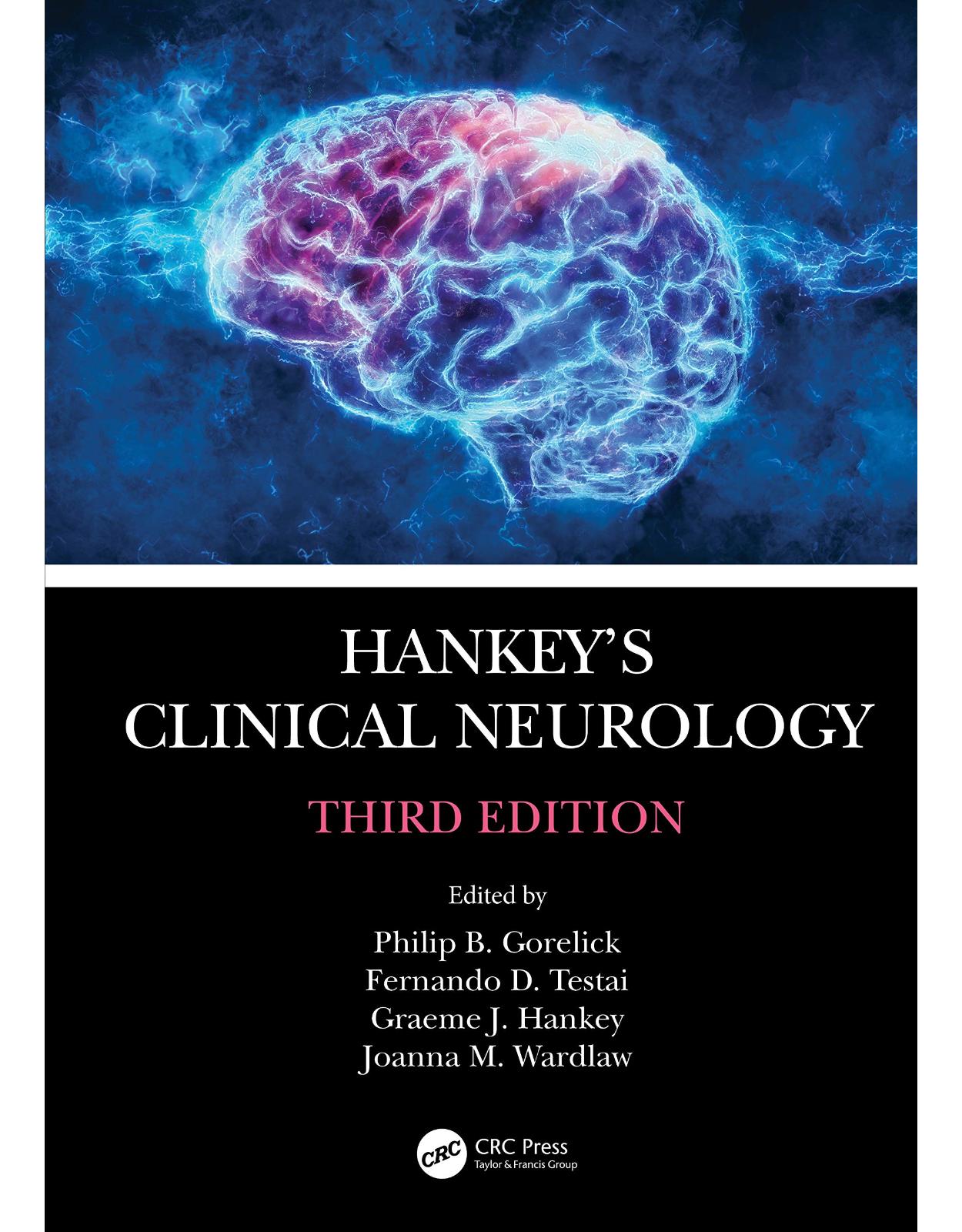
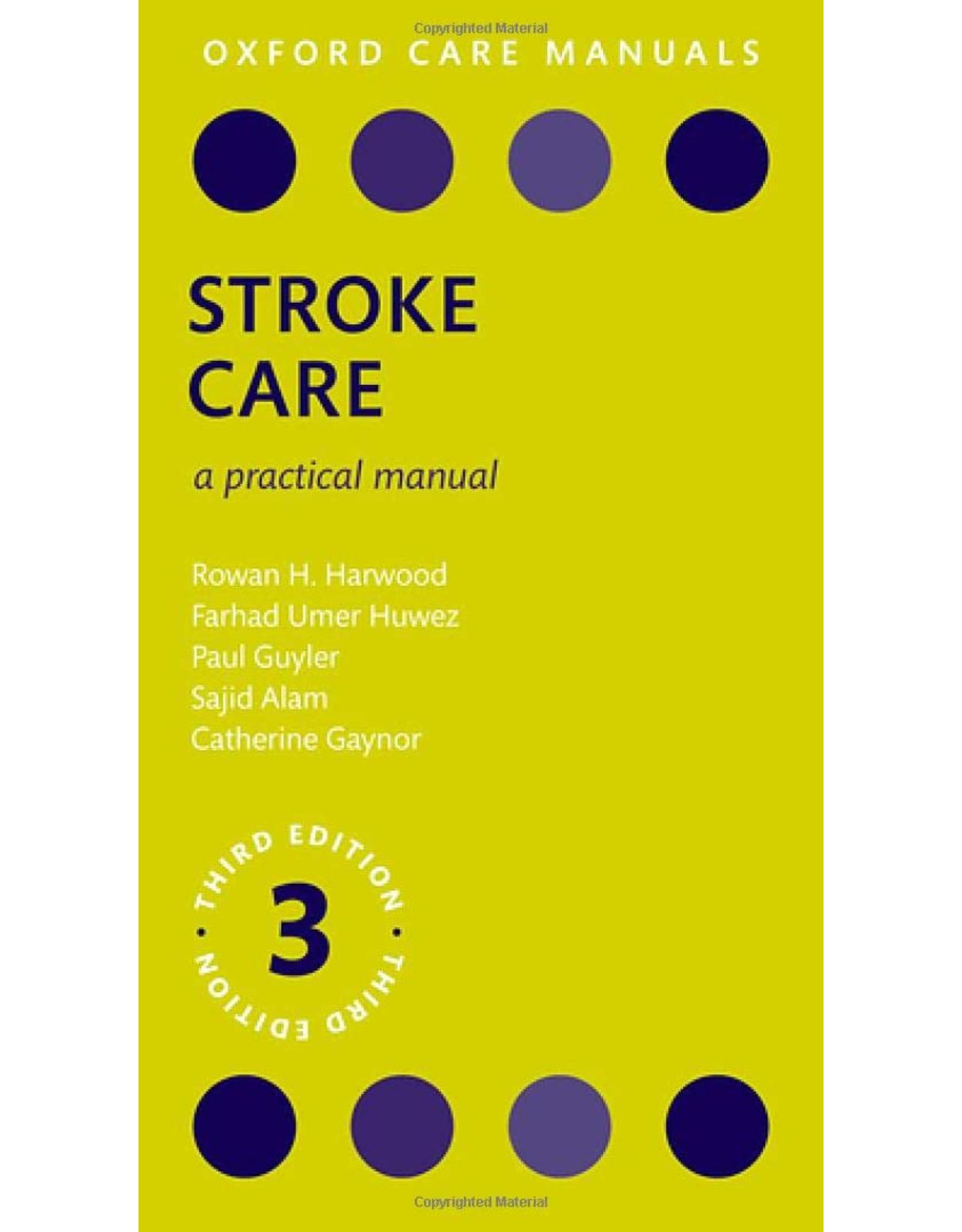
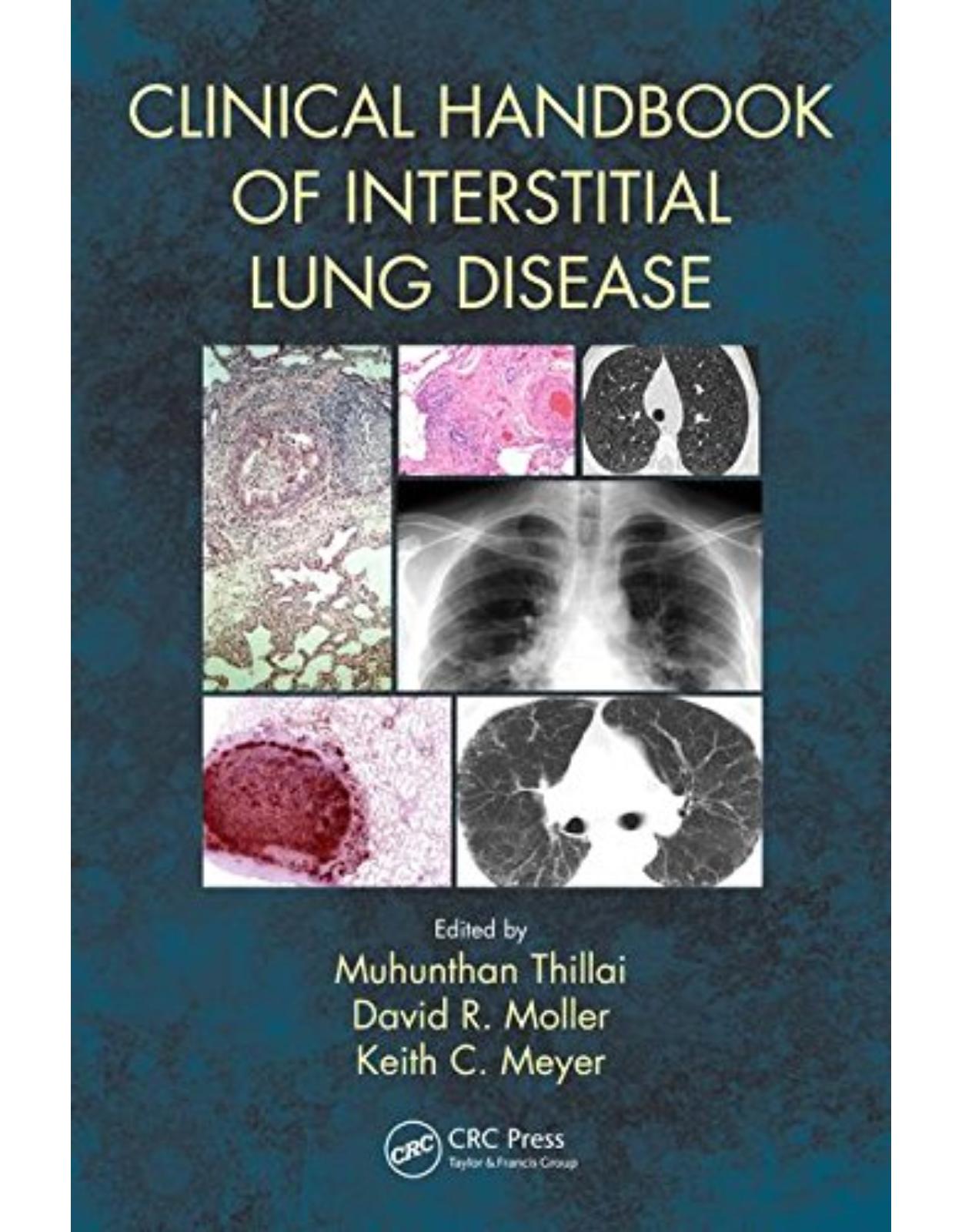
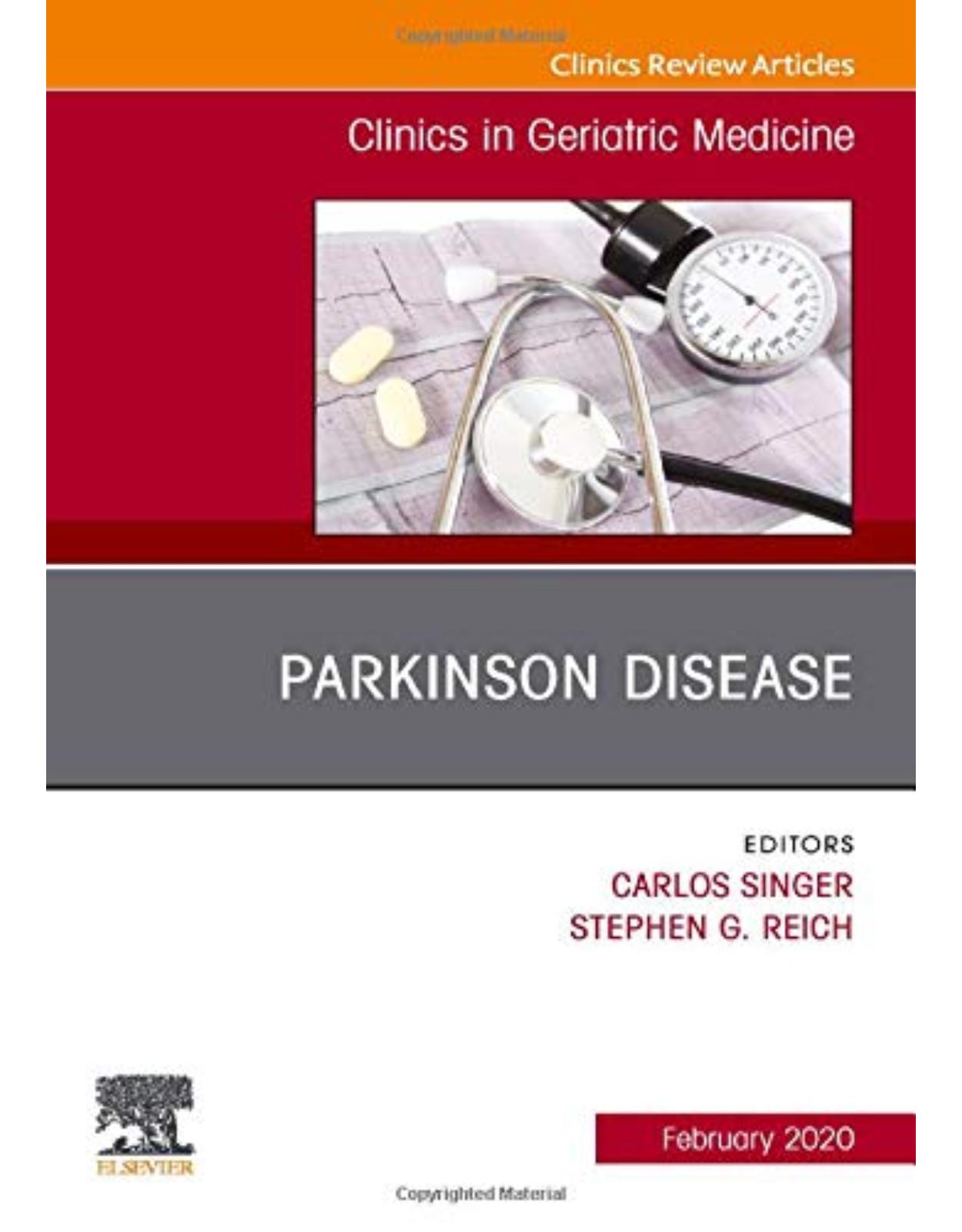
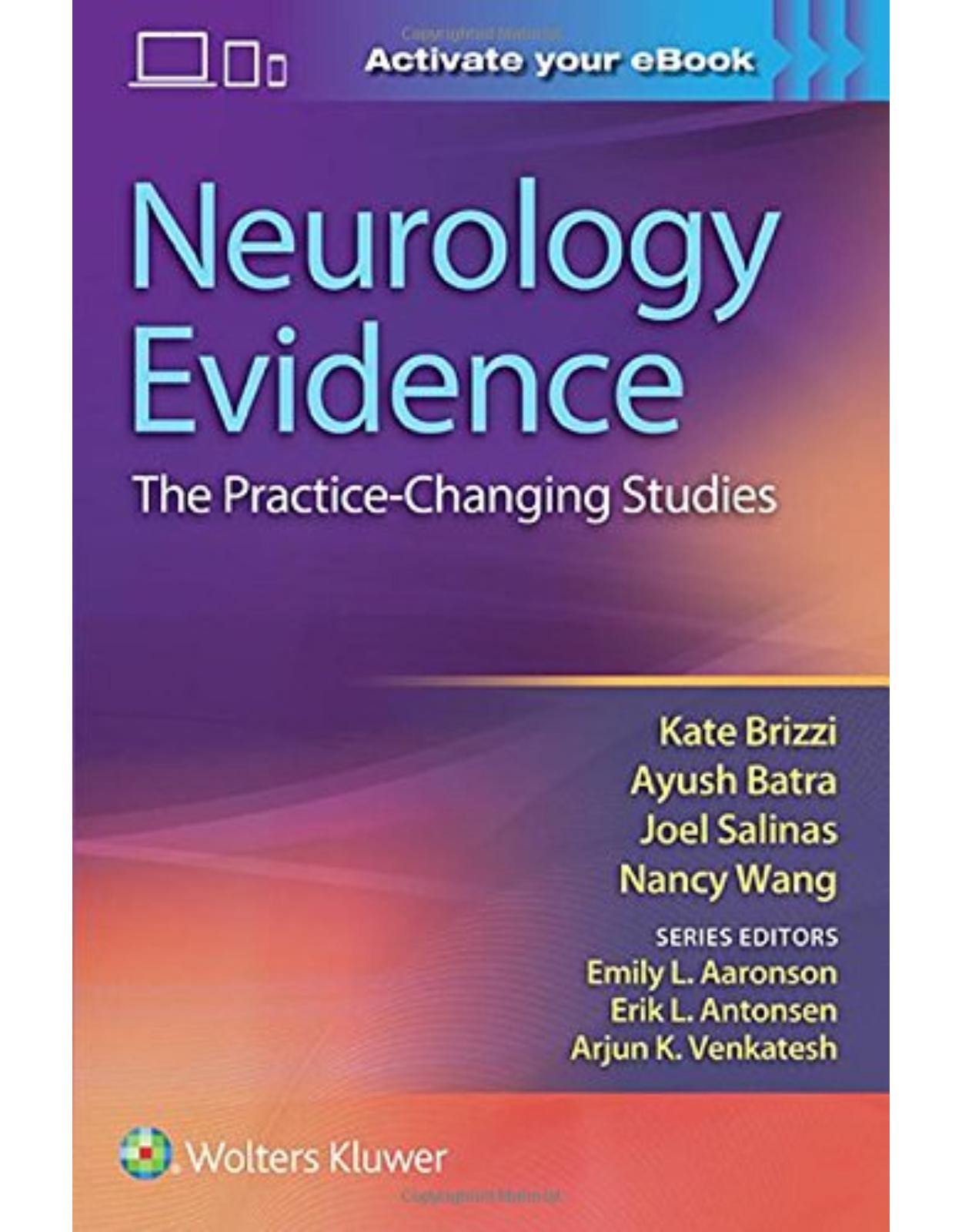
Clientii ebookshop.ro nu au adaugat inca opinii pentru acest produs. Fii primul care adauga o parere, folosind formularul de mai jos.